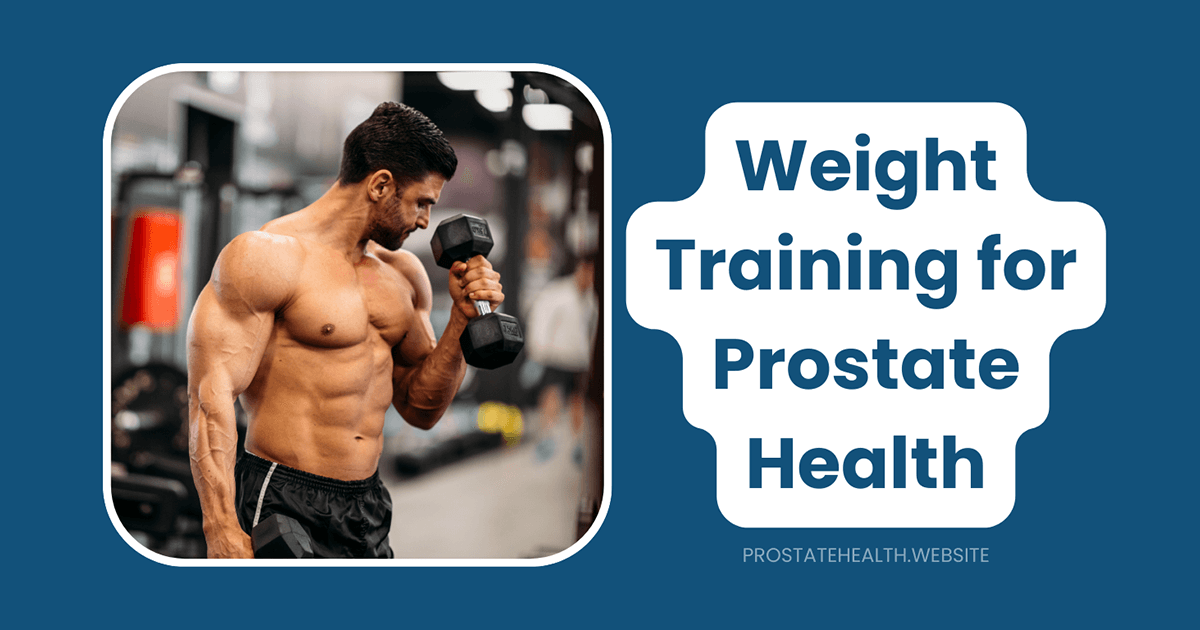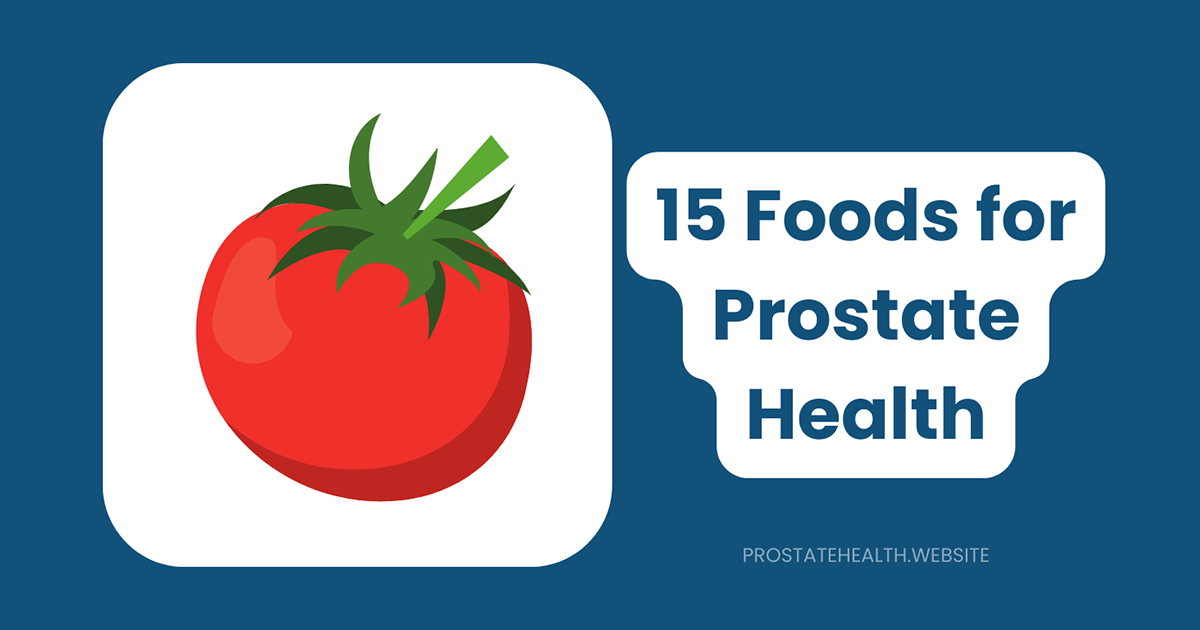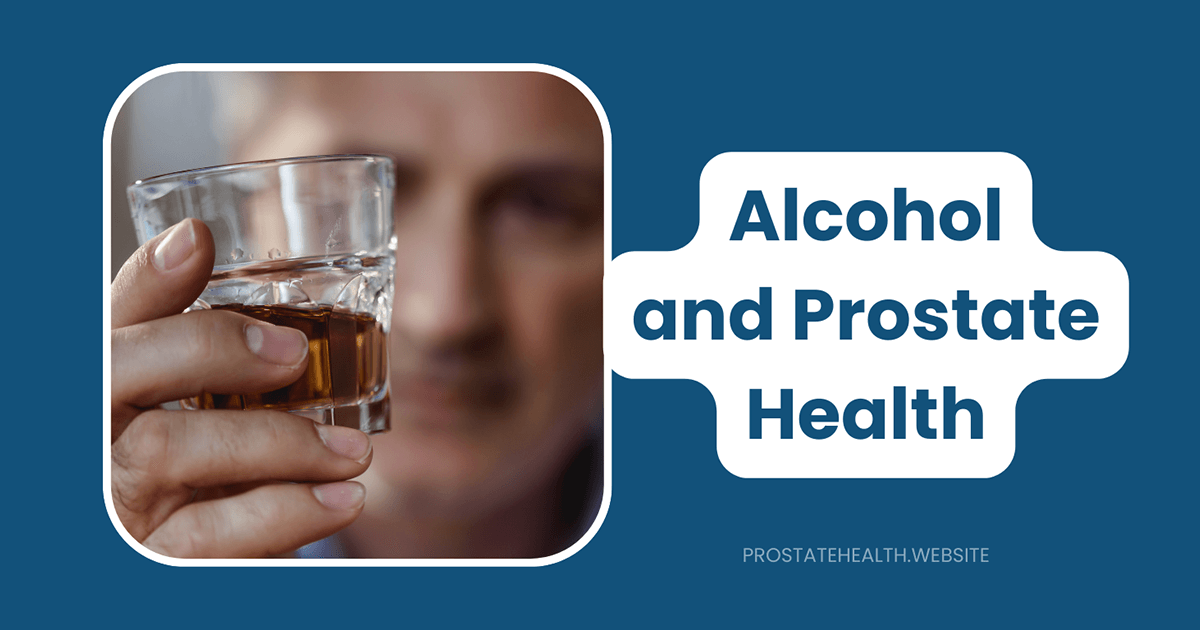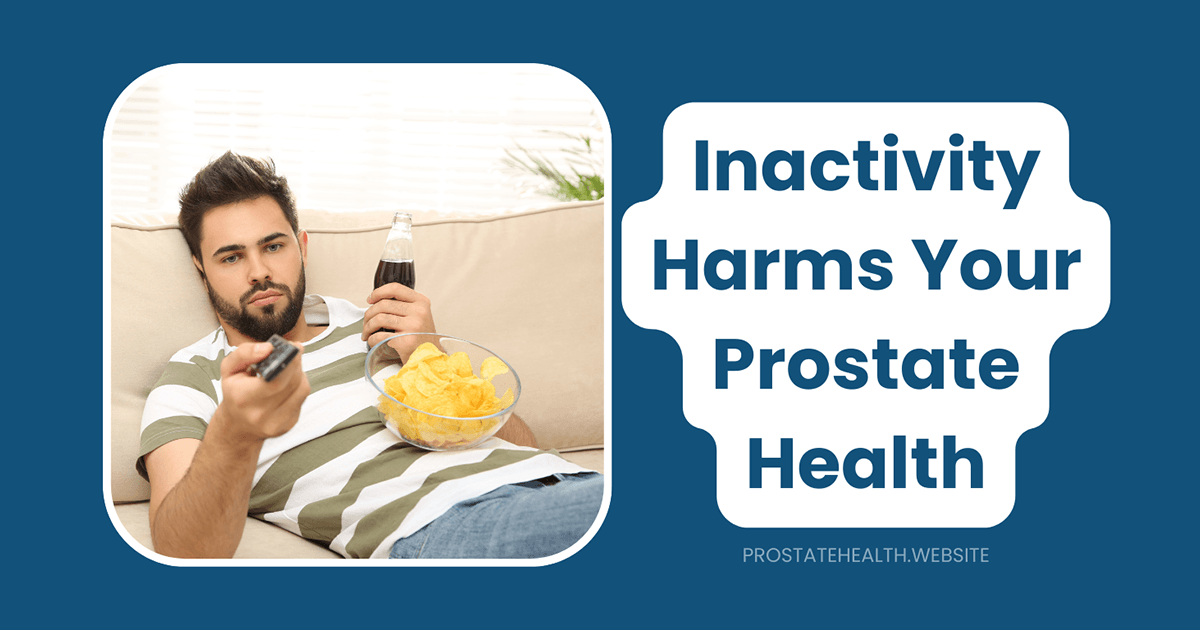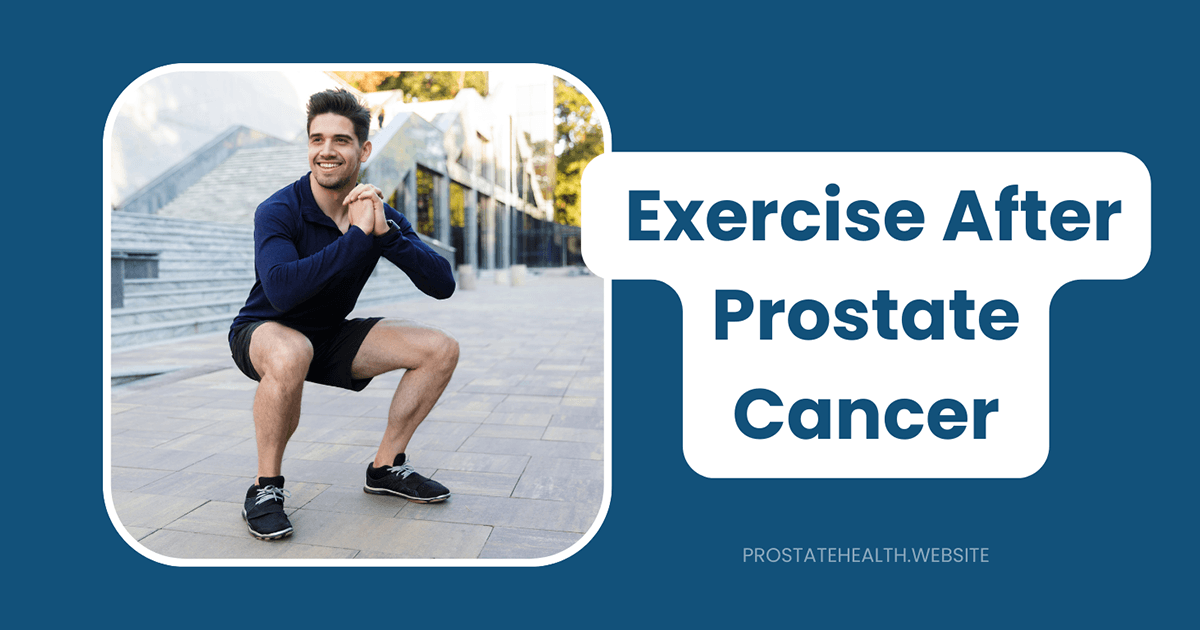Sexual Activity and Prostate Health: Is There a Protective Effect?
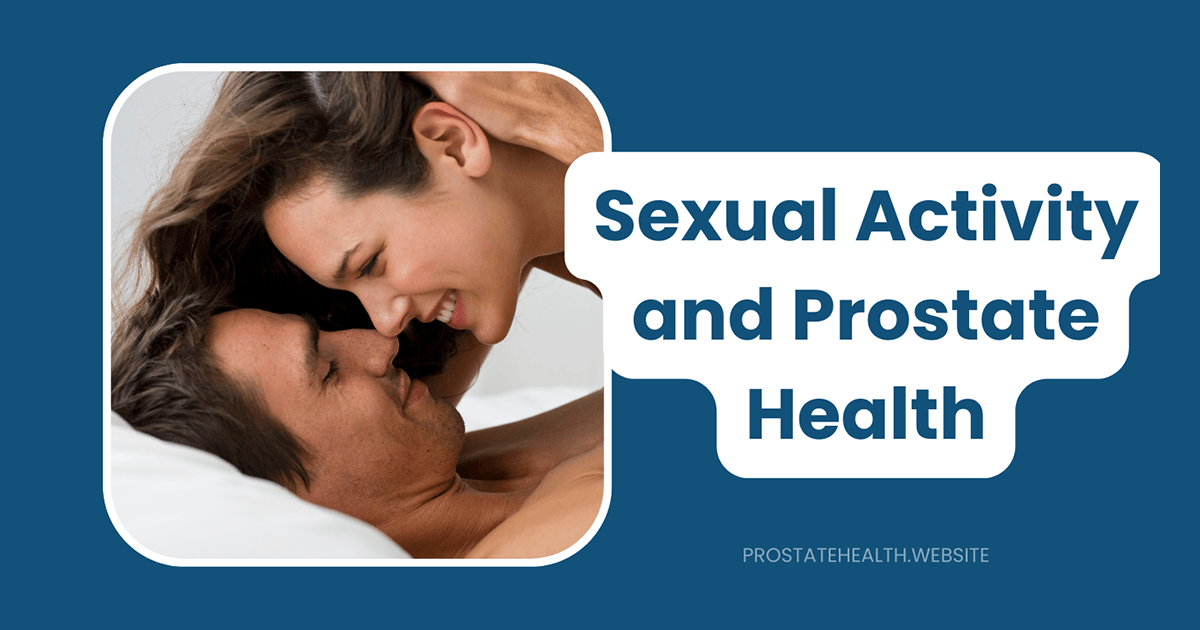
For years, men have quietly wondered about the connection between sexual activity and prostate health. Is there truth to the notion that regular sexual activity might actually protect the prostate? As someone who’s spent years advocating for men’s health education, I’ve found this topic remains shrouded in both mystery and misinformation.
Today, I’m breaking down what science actually tells us about sexual activity and prostate health—separating fact from fiction and giving you practical information you can use in your health journey.
The Prostate-Sex Connection: What Science Reveals
The relationship between sexual activity and prostate health has been the subject of numerous studies over the past few decades. Let’s examine what researchers have discovered.
The Harvard Study: A Landmark Finding
In what has become one of the most cited studies on this topic, Harvard researchers followed nearly 32,000 men for 18 years in the Health Professionals Follow-up Study. Their findings were eye-opening:
- Men who ejaculated 21 or more times per month had a 31% lower risk of prostate cancer compared to those who ejaculated 4-7 times monthly
- This protective effect was consistent across different age groups
- The benefit appeared strongest for ejaculation frequency during younger adulthood
Dr. Jennifer Rider, lead author of the study, noted: “We found that men reporting higher compared to lower ejaculatory frequency in adulthood were less likely to be subsequently diagnosed with prostate cancer.”
The Australian Evidence
Supporting the Harvard findings, researchers in Australia conducted a study of 2,338 men and found that those who averaged 4.6-7 ejaculations weekly were 36% less likely to be diagnosed with prostate cancer before age 70 compared to those ejaculating less than 2.3 times per week.
The Consistency in Research
A review of eleven studies conducted over the past 33 years found that seven reported a beneficial effect of ejaculation frequency on prostate cancer risk. While not unanimous, the weight of evidence suggests a correlation between sexual activity and prostate health.
How Might Sexual Activity Protect the Prostate?
Scientists have proposed several mechanisms that might explain the potential protective effects of regular sexual activity on prostate health.
1. The “Prostate Stagnation” Theory
One leading theory suggests that ejaculation helps flush out potentially harmful substances from the prostate gland.
Dr. James Wilson, urologist at University Medical Center, explains: “The prostate produces fluid that makes up part of semen. If this fluid sits in the prostate for extended periods, it may allow carcinogens to concentrate in the prostate tissue. Regular ejaculation essentially ‘cleans out the pipes.'”
2. Reducing Inflammation
Chronic inflammation is increasingly recognized as a risk factor for various cancers, including prostate cancer. Some research suggests that regular ejaculation may help reduce inflammation within the prostate gland.
A 2018 study found biological links between frequent ejaculation and reduced prostate tumor development, with inflammation reduction being one potential mechanism.
3. Hormonal Regulation
Sexual activity affects hormone levels in men, including testosterone. While the relationship between testosterone and prostate cancer is complex, some research suggests that men who ejaculate frequently tend to have more balanced hormone levels, which may contribute to prostate health.
4. Psychological Benefits
The stress-reducing effects of sexual activity shouldn’t be overlooked. Regular sexual activity releases endorphins and promotes relaxation, potentially reducing stress hormones that might otherwise contribute to inflammation and cellular damage.
Beyond Cancer: Sexual Activity and Other Prostate Conditions
While much of the research focuses on prostate cancer, sexual activity may also influence other common prostate conditions.
Benign Prostatic Hyperplasia (BPH)
BPH, or enlarged prostate, affects about 90% of men by age 80. The relationship between sexual activity and BPH is less clear-cut than with cancer, but there are some interesting connections:
- Regular sexual activity increases blood flow to the pelvic region, which may benefit overall prostate health
- Some men report temporary relief from BPH symptoms following ejaculation
- However, in some cases, sexual activity might temporarily worsen urinary symptoms
Mark, 62, shares his experience: “After my BPH diagnosis, I noticed that my urinary symptoms would sometimes improve after sex. My urologist explained that ejaculation can temporarily reduce prostate swelling for some men. It’s not a cure, but it’s an interesting side benefit.”
Prostatitis
For men with prostatitis (inflammation of the prostate), the relationship with sexual activity is complex:
- Some studies suggest that regular ejaculation may help relieve symptoms of chronic prostatitis by releasing built-up prostatic fluid
- However, during acute bacterial prostatitis, sexual activity is typically not recommended as it may spread infection
- For chronic pelvic pain syndrome (a type of prostatitis), the effect varies significantly between individuals
Dr. Sarah Chen, specialist in men’s urological health, notes: “For chronic prostatitis patients, we sometimes recommend regular ejaculation as part of a comprehensive treatment plan, but this must be individualized. What helps one patient might worsen symptoms in another.”
Age Considerations: Different Benefits at Different Life Stages
The relationship between sexual activity and prostate health appears to vary across the lifespan.
Young Adulthood (20s-30s)
Research suggests that ejaculation frequency during early adulthood may have the strongest protective effect against later prostate cancer development. The Harvard study found that men who ejaculated more frequently in their 20s and 30s had lower prostate cancer rates decades later.
Middle Age (40s-50s)
During middle age, when prostate conditions often begin to emerge, regular sexual activity may help maintain prostate function and potentially slow the development of BPH symptoms.
Older Age (60+)
Even in older age, sexual activity appears beneficial for prostate health, though the protective effect may be less pronounced than in younger years. Additionally, maintaining sexual activity can help preserve overall quality of life.
Practical Considerations: Finding Your Balance
While research suggests benefits to regular sexual activity, it’s important to approach this topic with nuance and personalization.
What Counts as “Regular”?
Studies suggest that ejaculating 21 or more times per month provides the strongest protective effect, but benefits have been observed at lower frequencies as well. The key appears to be consistency rather than reaching a specific number.
Solo vs. Partnered Activity
From a prostate health perspective, the body doesn’t distinguish between ejaculation from masturbation versus partnered sexual activity. Both appear to offer similar physiological benefits.
Robert, 48, shares: “When I learned about the potential benefits for prostate health, I was relieved to know that masturbation counts just as much as partnered sex. As a single guy, it’s good to know I can still do something positive for my prostate health.”
Quality of Sexual Experience
While research focuses primarily on ejaculation frequency, the quality of sexual experiences may also play a role through stress reduction and overall well-being. Satisfying sexual experiences trigger more significant releases of beneficial hormones and endorphins.
When Sexual Activity Might Not Be Beneficial
It’s important to note that sexual activity isn’t always recommended for all prostate conditions:
- During acute bacterial prostatitis, sexual activity should be avoided until the infection clears
- After certain prostate procedures or surgeries, your doctor will advise when it’s safe to resume sexual activity
- If sexual activity causes pain or worsening of symptoms, consult your healthcare provider
Beyond Sexual Activity: A Holistic Approach to Prostate Health
While regular sexual activity may offer benefits, it’s just one component of a comprehensive approach to prostate health.
Diet and Nutrition
Research suggests that a diet rich in fruits, vegetables, and healthy fats (like those found in fish, nuts, and olive oil) supports prostate health. Tomatoes, which contain lycopene, have been particularly associated with prostate health benefits.
Regular Exercise
Physical activity helps maintain a healthy weight and may reduce inflammation throughout the body, including the prostate. Aim for at least 150 minutes of moderate exercise weekly.
Routine Screening
Regular prostate screenings, as recommended by your healthcare provider based on your age and risk factors, remain the most important tool for early detection of prostate issues.
Common Questions About Sexual Activity and Prostate Health
Can too much sexual activity harm the prostate?
There’s no evidence that frequent ejaculation harms the prostate. In fact, most research suggests the opposite—that regular ejaculation is associated with better prostate health.
Does this mean I should force myself to be more sexually active?
No. While the research shows associations between ejaculation frequency and prostate health, these studies don’t suggest that men should engage in sexual activity beyond what feels natural and comfortable. Sexual activity should be enjoyable, not a medical chore.
What if I have erectile dysfunction or low libido?
Many men experience erectile dysfunction or decreased libido, particularly as they age. If you’re concerned about these issues, speak with your healthcare provider. Effective treatments are available, and addressing these concerns can benefit both your sexual and prostate health.
Does the type of sexual activity matter?
From a purely physiological perspective, what matters most is ejaculation, regardless of how it’s achieved (masturbation, intercourse, etc.). However, partnered sexual activity may offer additional benefits through intimacy, connection, and stress reduction.
The Bottom Line: What Should Men Do?
Based on the current research, here are practical takeaways:
- Embrace regular sexual activity as part of a healthy lifestyle, whether solo or with a partner, as long as it’s enjoyable and comfortable for you.
- Don’t stress about hitting specific numbers. While studies mention 21 ejaculations monthly as optimal, any regular sexual activity appears beneficial.
- Maintain open communication with your healthcare provider about your sexual and prostate health, especially if you notice any changes or concerns.
- Remember that sexual activity is just one factor in prostate health. Diet, exercise, not smoking, limiting alcohol, and regular check-ups are equally important.
- Consider your whole health picture. Sexual activity offers benefits beyond prostate health, including stress reduction, better sleep, and improved mood.
Conclusion: Breaking the Silence
For too long, the connection between sexual health and prostate health has been discussed in whispers, if at all. By bringing this conversation into the open, we empower men to make informed decisions about their health.
The evidence suggests that regular sexual activity likely offers protective benefits for prostate health. While more research is needed to fully understand all the mechanisms involved, the association is strong enough that maintaining a healthy sex life can be considered one component of a prostate-healthy lifestyle.
Remember that prostate health exists within the context of your overall wellbeing. A balanced approach that includes regular sexual activity, healthy eating, physical exercise, stress management, and appropriate medical screenings offers the best foundation for prostate health throughout life.
Have you noticed connections between your sexual activity and prostate health? Share your experience in the comments below—your insight might help another man navigating similar questions.
- External Resources:

